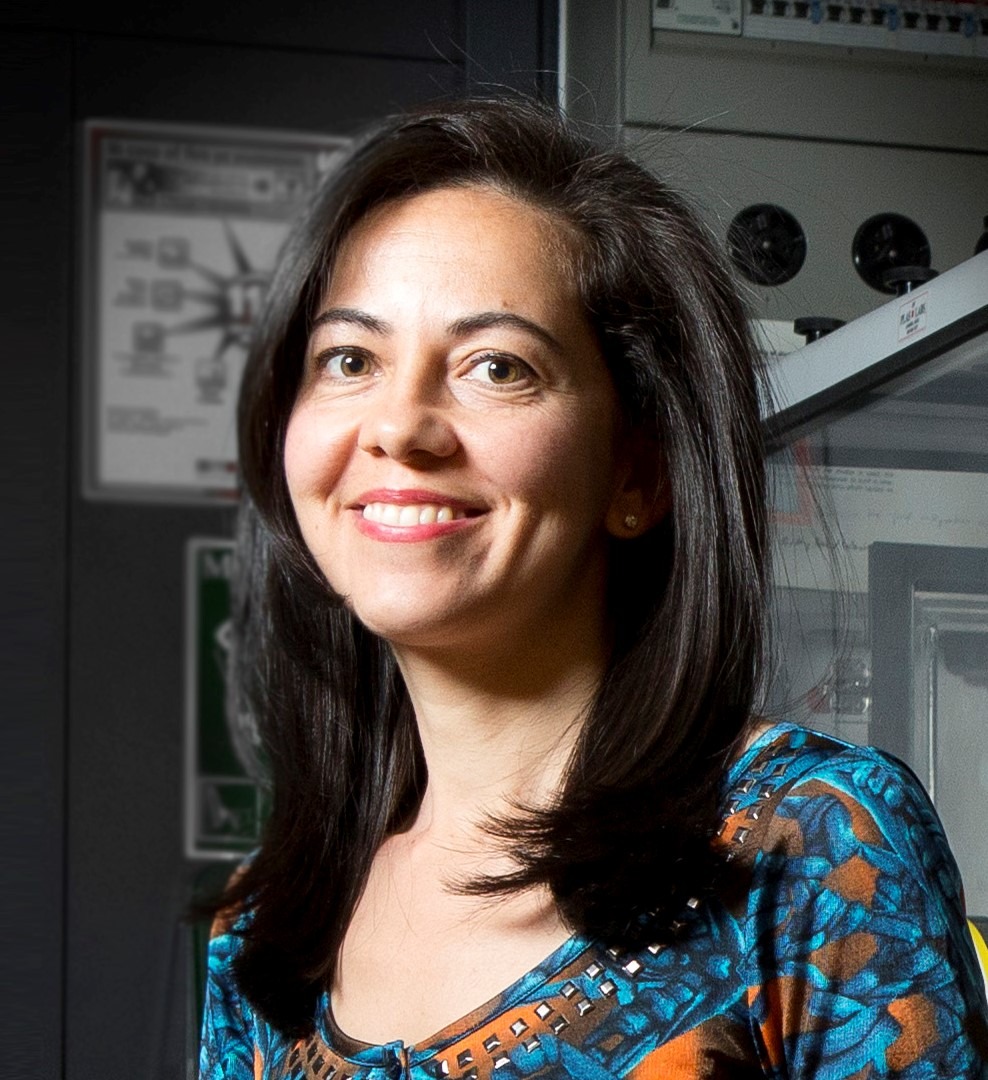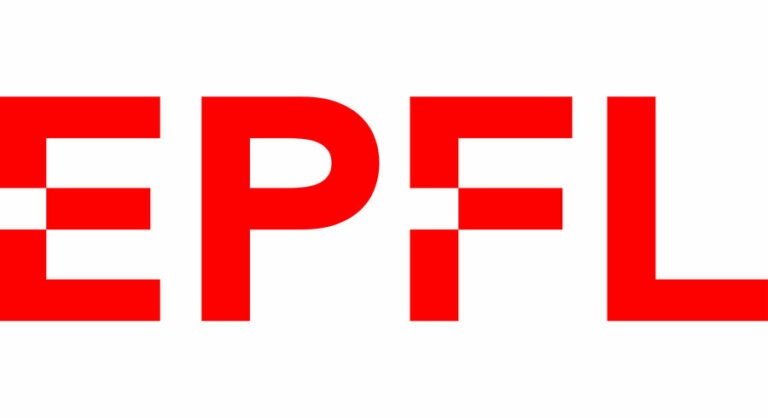
Prof. Hatice Altug
Full professor, Head of Bionanophotonic Systems Laboratory, Director of Doctoral Program in Photonics
Supervisor of ESR10 and 11 and external co-supervisor of ESRs 9 and 15.
“In this project, we are looking forward to combining our research on sensitive and real-time nanophotonic biosensors with state-of-the-art protein engineering and biochemistry approaches. It will be an exciting opportunity to collaborate with researchers from different disciplines and interact with the industry.”
The mission of Prof Hatice Altug’s lab encompasses nanophotonics and its applications in biology with the aim of introducing powerful biosensors and bioanalytical tools that can impact fields ranging from basic research in life sciences, disease diagnostics and point-of-care testing to environmental and safety. To this end, Altug’s research group is leveraging nanophotonics and emerging nanomaterials (e.g. plasmonics, dielectric metasurfaces, 2D materials) to solve the key challenges of current biosensors by introducing nanodevices that can enable label-free, ultra-sensitive, multiplexed, fast and real-time measurements on biomolecules, pathogens and living systems. They integrate nanophotonis innovatively with microfluidics, biopatterning and state‐of‐the art nanofabrication techniques as well as utilize data science methods to achieve high performing devices for biosensing, spectroscopy and bioimaging.
Altug received her B.S in Physics from Bilkent University (Turkey) in 2000 and her Ph.D. in Applied Physics from Stanford University in 2007. She was professor of Electrical and Computer Engineering Department at Boston University between 2007 and 2013. Altug joined Ecole Polytechnique Federale de Lausanne in 2013 and became full professor in 2020. She received among the most prestigious grant awards in Europe and USA including Young Investigator Award from the U.S. Office of Naval Research, CAREER award from the U.S. National Science Foundation, European Research Council (ERC) Consolidator grant and ERC Proof-of-Concept grant. She was named by President Obama among 94 researchers as a recipient of the 2011 Presidential Early Career Awards for Scientists and Engineers (PECASE), the highest honor bestowed by the United States government on science and engineering professionals in the early stages of their independent research careers. In 2012, she was recognized with Adolph Lomb Medal from Optical Society of America (OSA) “for breakthrough contributions on integrated optical nano-biosensor and nanospectroscopy technologies based on nanoplasmonics, nanofluidics, and novel nanofabrication.” In 2011, IEEE Photonics Society named Altug as winner of the Young Investigator Award, which recognizes individuals who make outstanding technical contributions to the field of photonics prior to their 35th birthday. She was named one of Popular Science’s “Brilliant 10,” a group of researchers under 40 who made transformational contributions to their fields during 2010. She received 2020 Emmy Noether Distinction from European Physical Society “for her seminal contributions to light-matter interaction at the nanoscale, manipulation of light on-chip and application of nanophotonics in biology, and her inspiring role for the next generation of researchers and women”. In 2020, she was elected as OSA Fellow “for pioneering contributions to nano-optics, manipulation of light on-chip, the development of innovative nanobiosensors and sensing techniques, and exemplary contributions to the scientific community and OSA”.
Biosensors play an essential role in bioanalytics and diagnostics. An emerging direction in this field is continuous and in-situ monitoring of a diverse set of biomarkers and chemicals ranging from proteins, cytokines, and nucleic acids to hormones and drugs. In this way, rather than having only a few snapshots of the health status, we can capture its evolution in time. This is a very exciting, but also a challenging goal, as it requires a truly multidisciplinary effort including development of new transducers and bio-reagents. For instance, as the relevant concentrations of target biomarkers and chemicals (i.e. cytokines and drugs) are very low, we need highly sensitive transduction mechanisms. Also, in contrast to end-point sensing that relies on strong affinity receptors, continuous monitoring requires engineered reagents with optimized affinities. In this project, we are looking forward to combining our research on sensitive and real-time nanophotonic biosensors with state-of-the-art protein engineering and biochemistry approaches. It will be an exciting opportunity to collaborate with researchers from different disciplines and interact with the industry. We also look forward to working together with bright and young minds who share the same passion for developing next generation diagnostics and optical bioanalytical tools as our team.
[1] John-Herpin, Kavungal, Mucke, Altug “Infrared Metasurface Augmented by Deep Learning for Monitoring Dynamics between All Major Classes of Biomolecules”, Advanced Materials, DOI: doi.org/10.1002/adma.202006054 (February 2021).
[2] Tseng, Jahani, Leitis, H. Altug “Dielectric Metasurfaces Enabling Advanced Optical Biosensors”, ACS Photonics Vol. 8, p. 47-60, (2020).
[3] Belushkin, Yesilkoy, Gonzolez-Lopez, Ruiz-Rodriguez, Ferrer, Fabrega, Altug “Rapid and Digital Detection of Inflammatory Biomarkers Enabled by a Novel Portable Nanoplasmonic Imager”, Small Vol. 16, p. 1906108 (2020).
[4] Yesilkoy, Arvelo, Jahani, Liu, Tittl, Cevher, Kivshar, and Altug “Ultrasensitive Hyperspectral Imaging and Biodetection Enabled by Dielectric Metasurfaces”, Nature Photonics Vol. 13 p. 390-396 (2019).
[5] Tittl, Leitis, Liu, Yesilkoy, Choi, Neshev, Kivshar and Altug “Imaging-Based Molecular Barcoding with Pixelated Dielectric Metasurfaces”, Science Vol. 360, p. 1105-1109 (2018).
[6] Li, Soler, Szydzik, Khoshmanesh, Schmidt, Coukos, Mitchell and Altug “Label‐Free Optofluidic Nanobiosensor Enables Real‐Time Analysis of Single‐Cell Cytokine Secretion” Small Vol. 14, 1870119 (2018).
[7] Cetin, Coskun, Galarreta, Huang, Herman, Ozcan and Altug “Handheld High-Throughput Plasmonic Biosensor Using Computational On-Chip Imaging” Light Science and Applications Vol. 3, e122 (2014).

